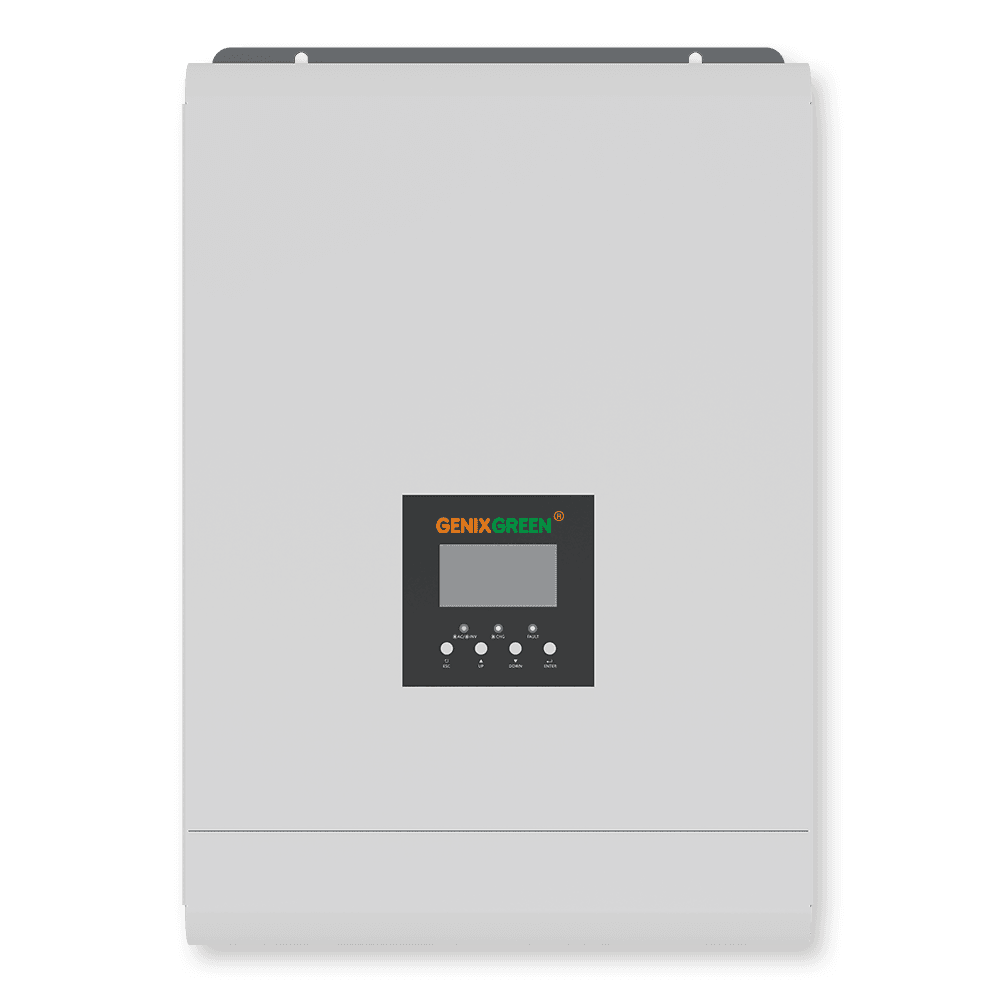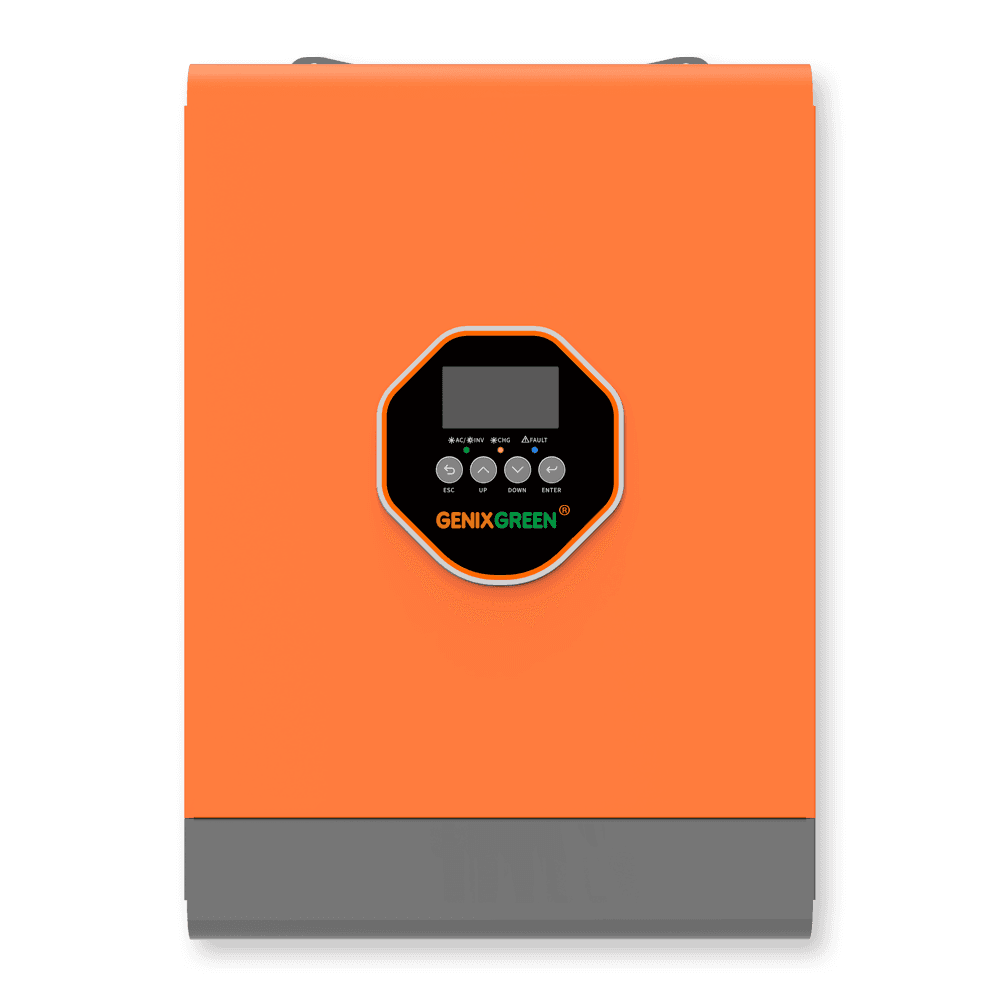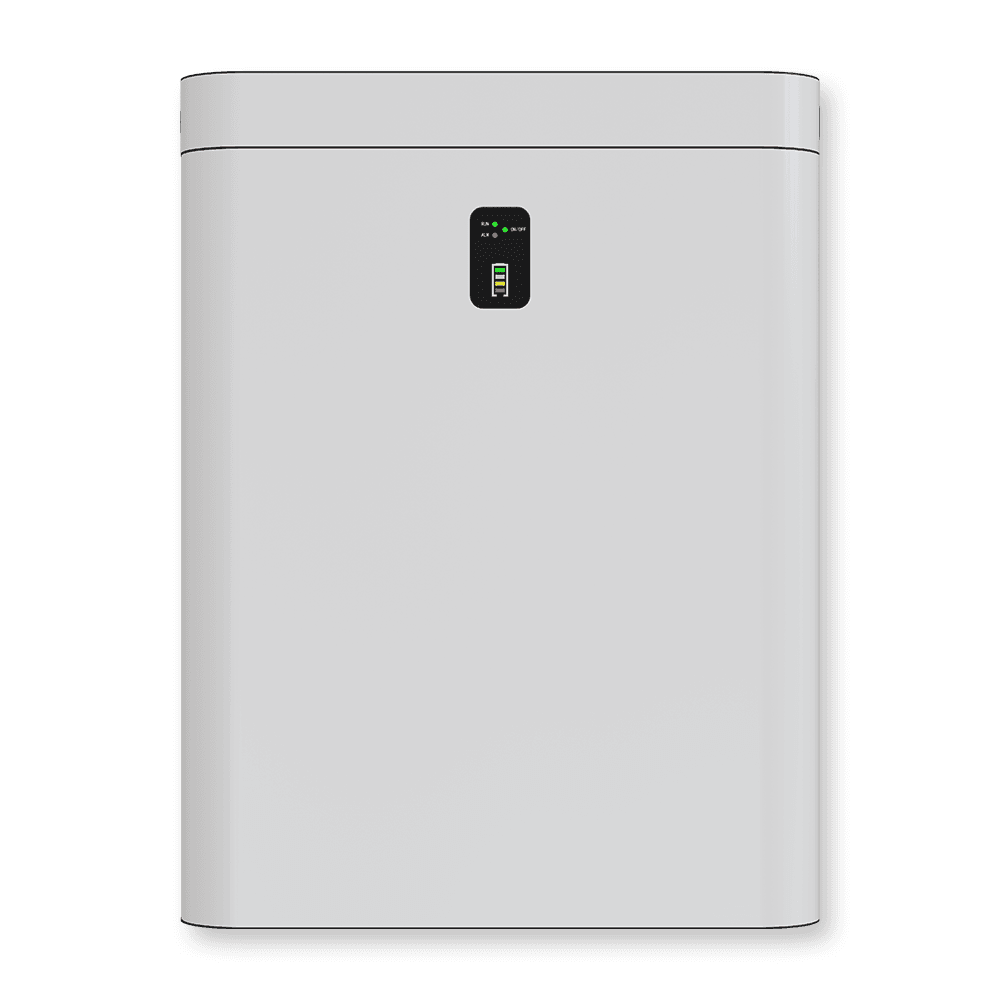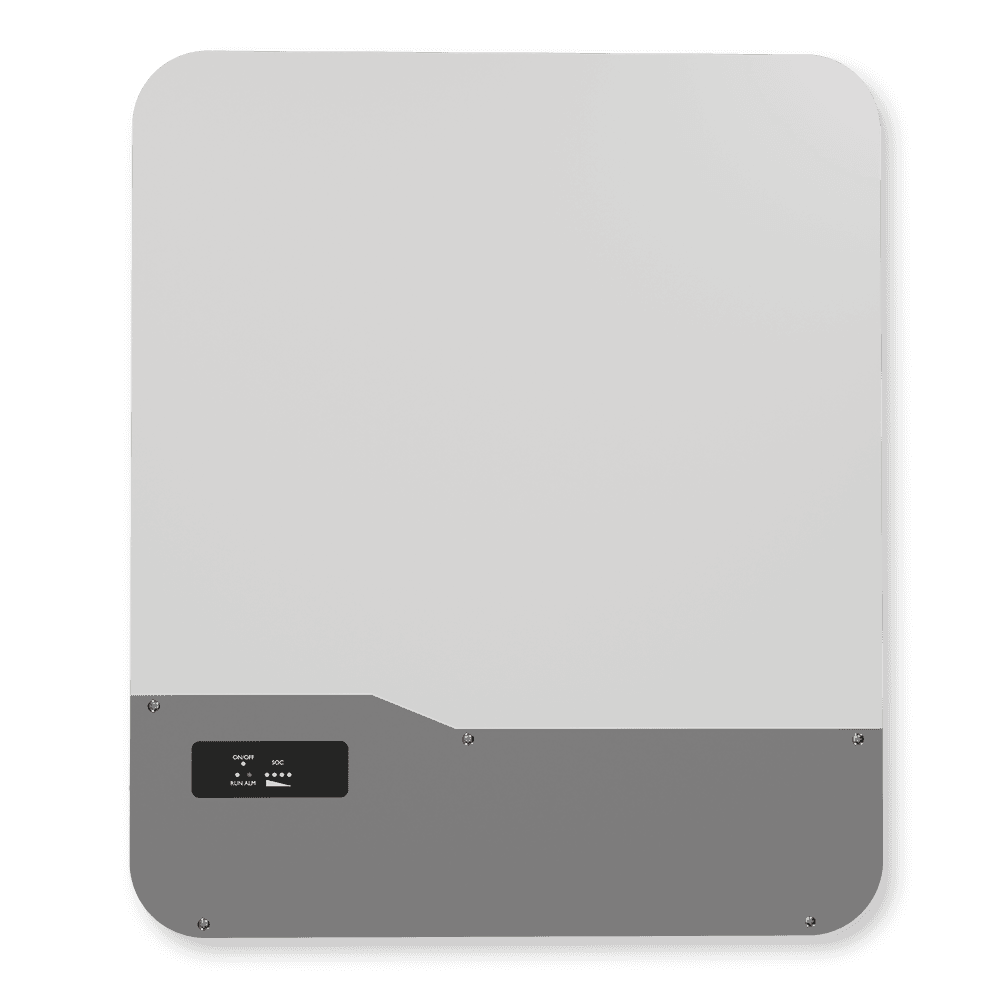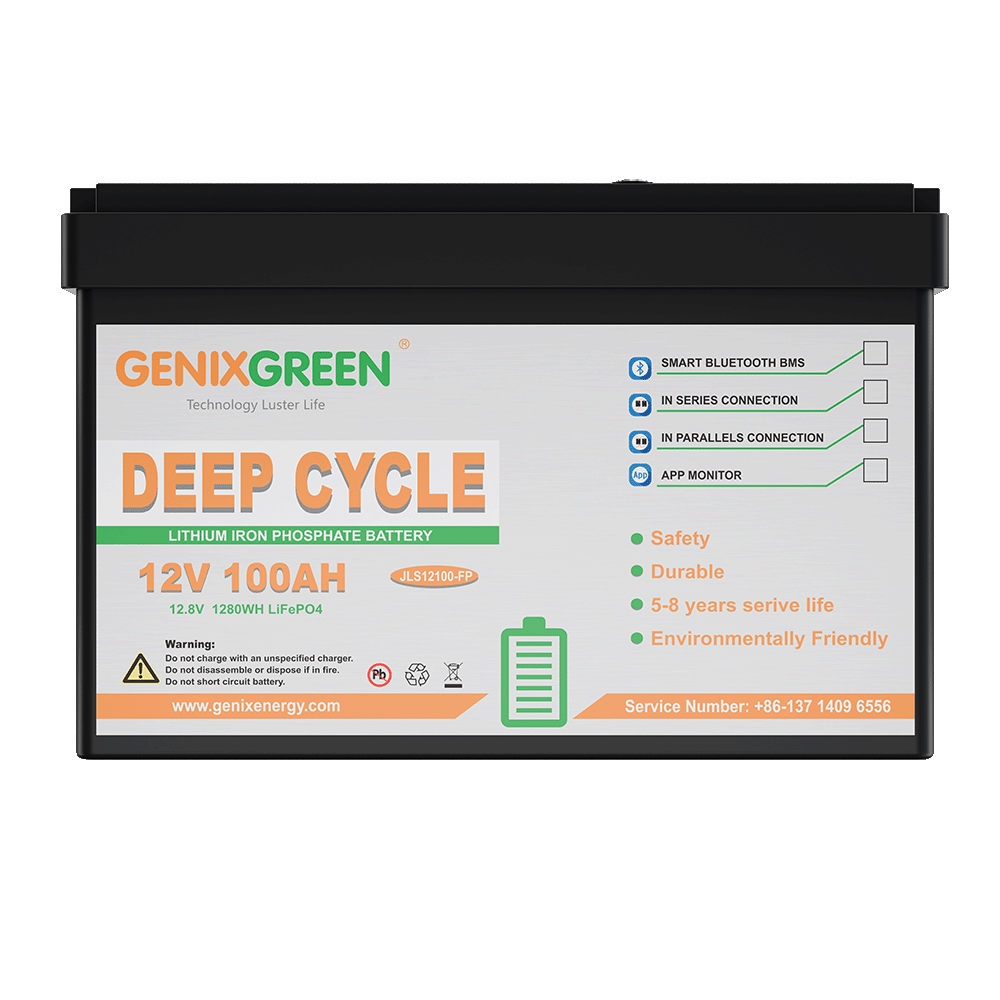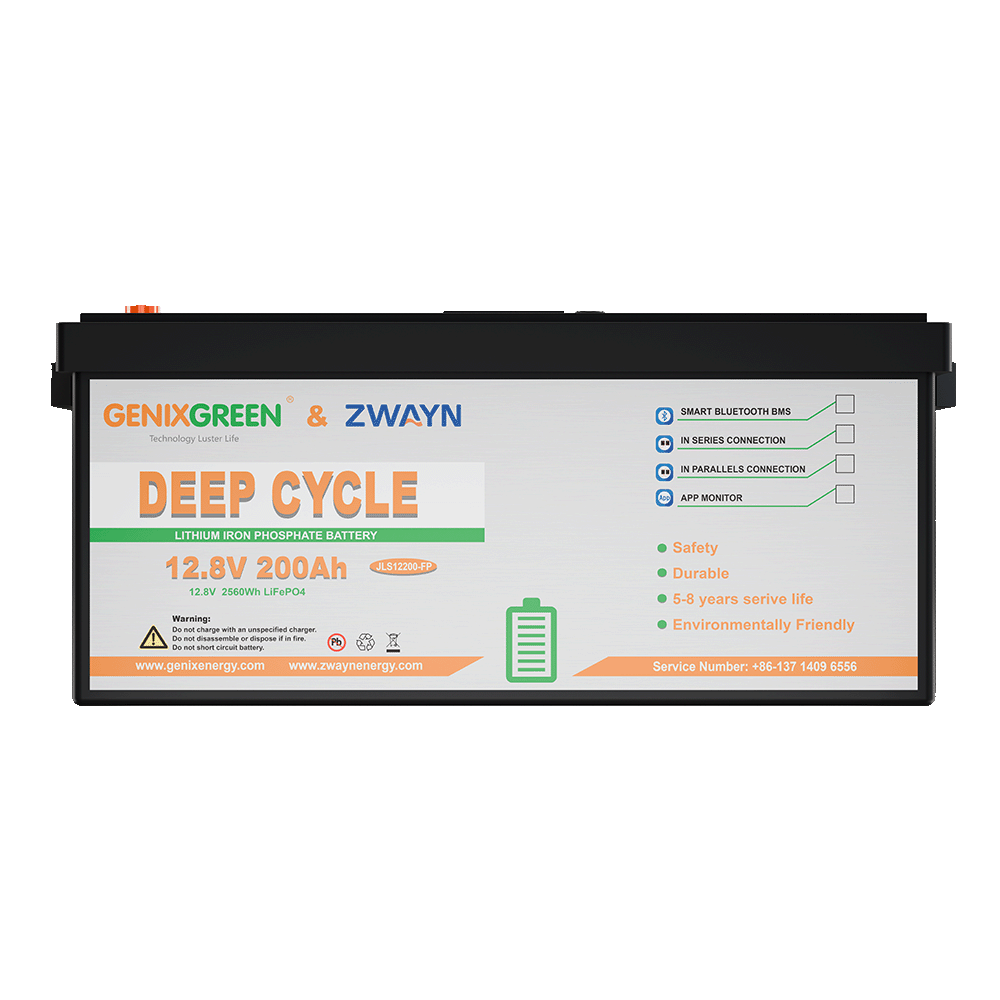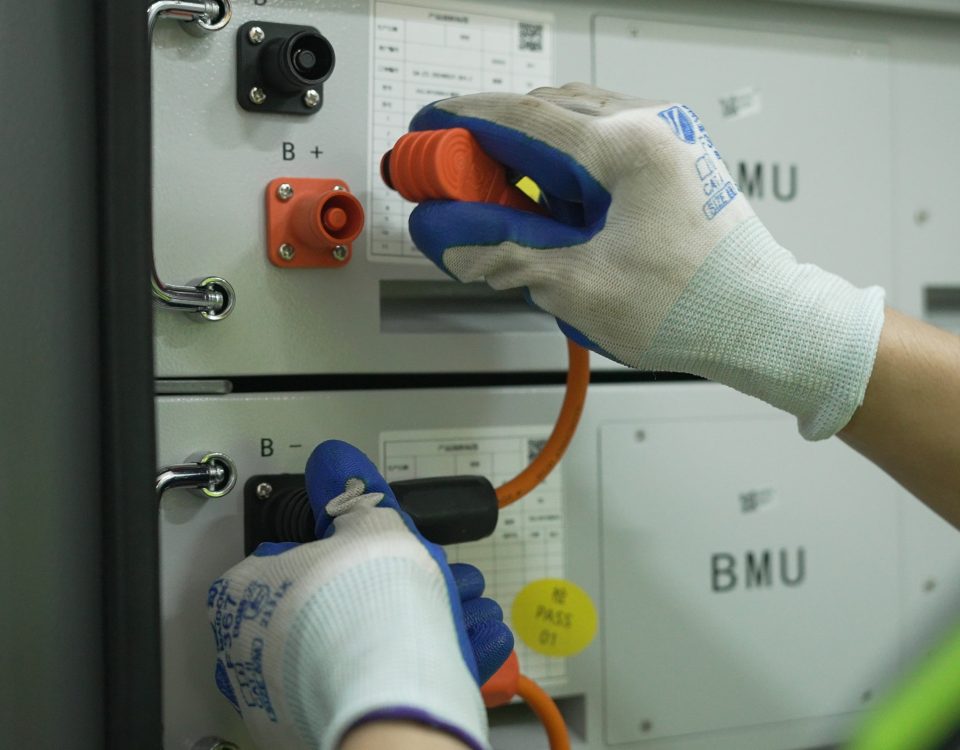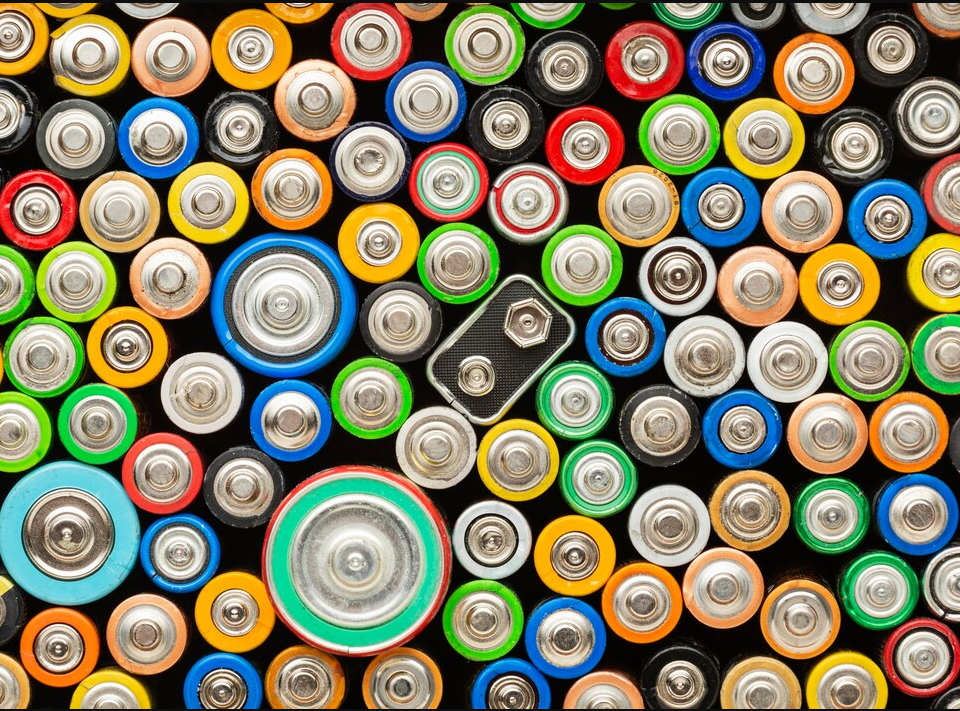
How long can a lithium-ion battery last without charging?
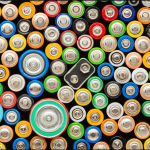
Difference between lithium and nimh batteries
Is NiMH a lithium battery?
As a developer and manufacturer of lithium batteries, we often encounter questions from users about different types of batteries. This article will answer the question “Is NiMH a lithium battery?” from a professional perspective and help you better understand the differences and characteristics of the two batteries.
- Basic definitions of NiMH and lithium batteries
(1) Nickel-metal hydride battery (NiMH)
NiMH is a rechargeable battery that uses hydride as the negative electrode material and nickel hydroxide as the positive electrode material. It is widely used in hybrid vehicles, consumer electronic devices and other fields. NiMH batteries are known for their environmental protection characteristics and high energy density, but compared with lithium batteries, their energy density and cycle life are lower.
(2) Lithium battery (Li-ion)
Lithium-ion battery is a rechargeable battery with lithium metal or lithium compounds as electrode materials. It has high energy density, light weight and low self-discharge rate, and is widely used in high-end application scenarios such as smartphones, laptops, and electric vehicles. With its excellent performance, lithium batteries have become the mainstream choice in modern portable electronic devices and new energy fields.
Conclusion: NiMH batteries are not lithium batteries. There are significant differences between the two in chemical composition, performance characteristics and application fields.

- The core difference between NiMH batteries and lithium batteries
To answer this question more clearly, the following compares NiMH batteries and lithium batteries from multiple dimensions:
(1) Energy density
NiMH batteries: Energy density is about 60-120Wh/kg.
Lithium batteries: Energy density is usually between 150-250Wh/kg, much higher than NiMH batteries.
This means that lithium batteries can store more power at the same volume or weight, making them suitable for scenarios with high battery life requirements.
(2) Memory effect
NiMH batteries: There is a slight memory effect, and long-term incomplete charging and discharging may cause capacity to decrease.
Lithium batteries: There is almost no memory effect, and users do not need to worry about performance degradation due to charging habits.
(3) Self-discharge rate
NiMH batteries: The self-discharge rate is high, and 20%-30% of the power may be lost per month.
Lithium batteries: The self-discharge rate is low, and only about 2%-5% of the power is lost per month, making them more suitable for long-term storage.
(4) Service life
NiMH batteries: The cycle life is generally around 500 times.
Lithium battery: The cycle life can reach more than 1,000 times, and it can be further extended through technical optimization.
(5) Environmental protection
Nickel-metal hydride battery: It does not contain heavy metal cadmium and is relatively environmentally friendly.
Lithium battery: Although it contains a small amount of harmful substances, it can be recycled through recycling processes to achieve resource reuse and reduce environmental impact.
- Differences in application fields
Due to different performance characteristics, nickel-metal hydride batteries and lithium batteries also have different focuses in actual applications:
Nickel-metal hydride batteries: They are mostly used in cost-sensitive scenarios with low energy density requirements, such as hybrid vehicles and household appliances.
Lithium batteries: They are widely used in high-performance demand fields, such as smartphones, drones, electric vehicles, etc.
- Summary
Nickel-metal hydride batteries and lithium batteries are two completely different battery technologies, each with its own application scenarios and advantages and disadvantages. Simply put, nickel-metal hydride batteries are not lithium batteries. The two have significant differences in chemical structure, performance and application range.



